SCI-Arc’s Undergraduate Thesis Weekend Brings Spring Semester to a Successful End
On April 19 and 20, students in their final year of SCI-Arc’s Bachelor of Architecture program presented their final thesis projects to panels of faculty and guest juries comprised of some of the top architects, critics, and theorists in the field – including Undergraduate Program Chair Tom Wiscombe, Undergraduate Thesis Coordinator Jenny Wu, Special Thesis Advisor and former SCI-Arc Director Neil M. Denari, Thesis Advisors Kristy Balliet, Marcelo Spina, and Peter Testa, and History and Theory Advisor Marrikka Trotter.
SCI-Arc’s Undergraduate Thesis is the culmination of five years of architectural training, inquiry, and execution. During SCI-Arc’s B.Arch Thesis year, students are asked to take disciplinary positions in architecture and to express those positions through a building design. Additionally, they are charged with enacting their own speculative visions in the form of a final project that is at once part research studio, part design brief that contemplates diverse conceptual, material, and aesthetic propositions while challenging graduates to question not only what kind of architects they want to be, but the future of architecture at large. During Undergraduate Thesis weekend over 70 jurors, critics, and architecture professionals from all over the world converge at SCI-Arc in a public forum gather to discuss, debate, and dispute emerging questions in architecture.
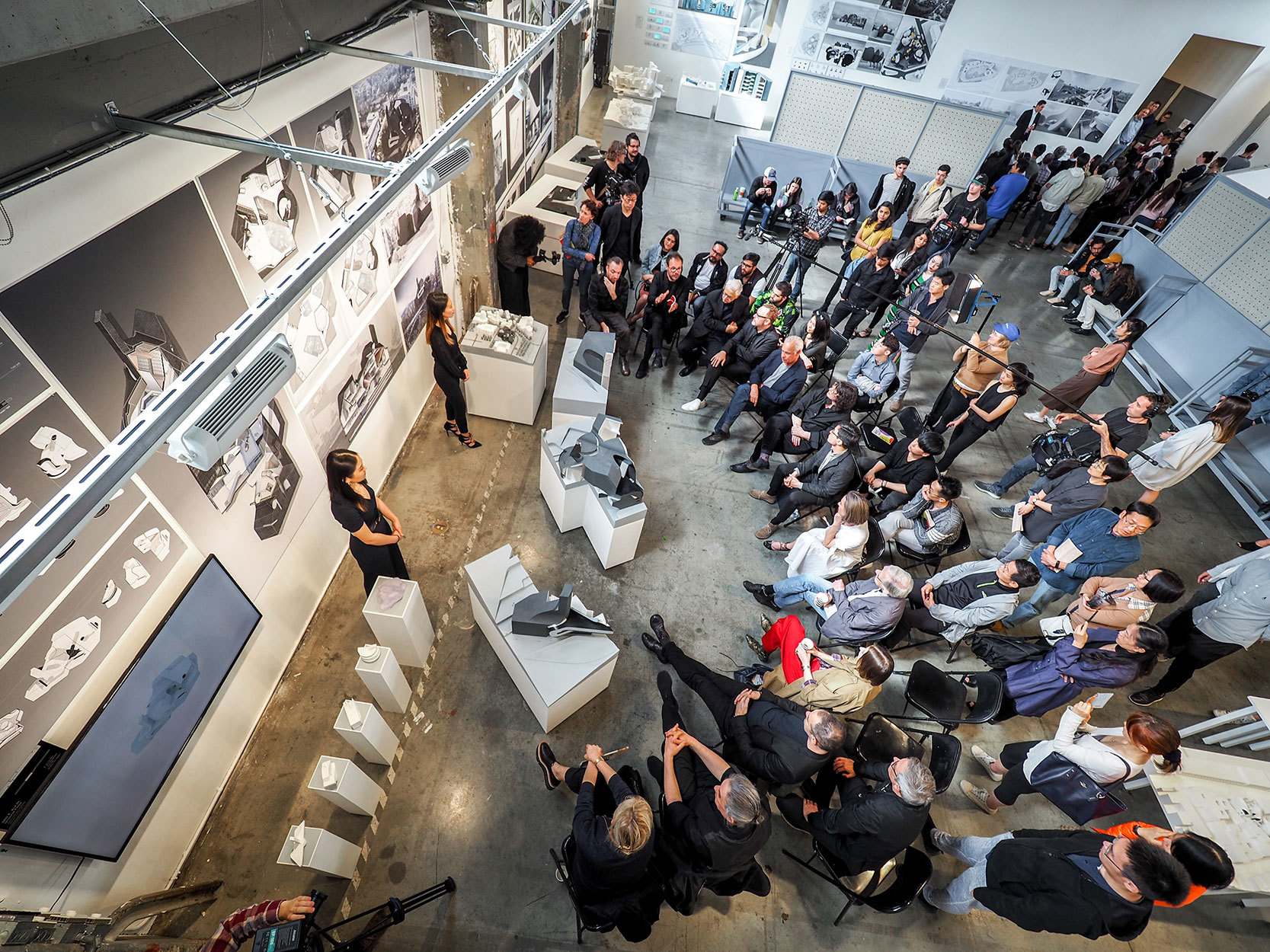
The B.Arch program at SCI-Arc is a five-year curriculum geared towards preparing individuals to enter the architecture profession with an appetite for innovation, technical proficiency, and presence of vision, encouraging them to consider the role architects play in contemporary society. SCI-Arc’s Bachelor of Architecture is a NAAB-accredited program that asks students to focus on the development of theoretical and technological expertise while learning critical thinking skills and practical methods of applied knowledge, which propels graduates to become licensed architects, establish their own studios, join world-renowned practices, or follow a variety of related career paths.
“Architecture today is interdisciplinary,” said Undergraduate Program Chair Tom Wiscombe. “While architecture must exist on its own terms as an expertise, we know that the most important works of architecture are always connected to realms of philosophy, art, film, and other threads of cultural practice. Our greatest hope for our undergraduate students here at SCI-Arc is that they can bridge creativity with critical thinking. To do that, we teach depth in architecture and breadth in the liberal arts. I think this makes our students' work powerful and connected to the world.
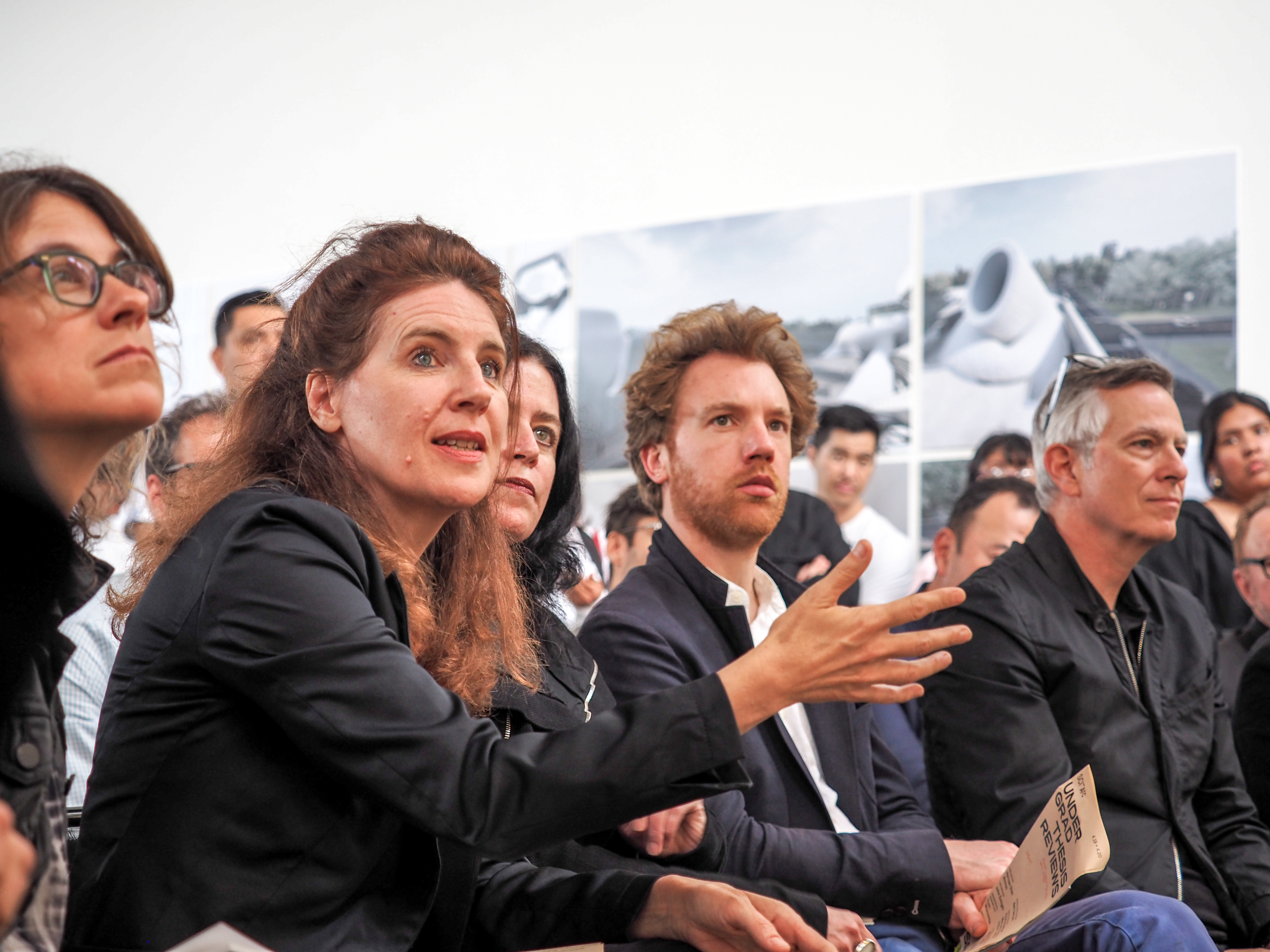
“Architects are world-builders,” he said. “To build a world, you have to lay down the sea and pull up the mountains.”
“Being an architect is a way to conceptualize the world, to conceive of how things come together, and to understand culture as a whole,” said SCI-Arc Director Hernán Díaz Alonso. “Thesis is a place where this conceit becomes clearer because you see a whole series of work that goes beyond the scope of what architecture is as we know it.”
“SCI-Arc will always advocate for the power of architecture and the power of design, as well as the idea that these are a human right rather than a luxury; a necessity to society,” he continued. “Thesis in becoming such a public event is an attempt to explore how we can expand the relationship between architecture and the rest of the world.”
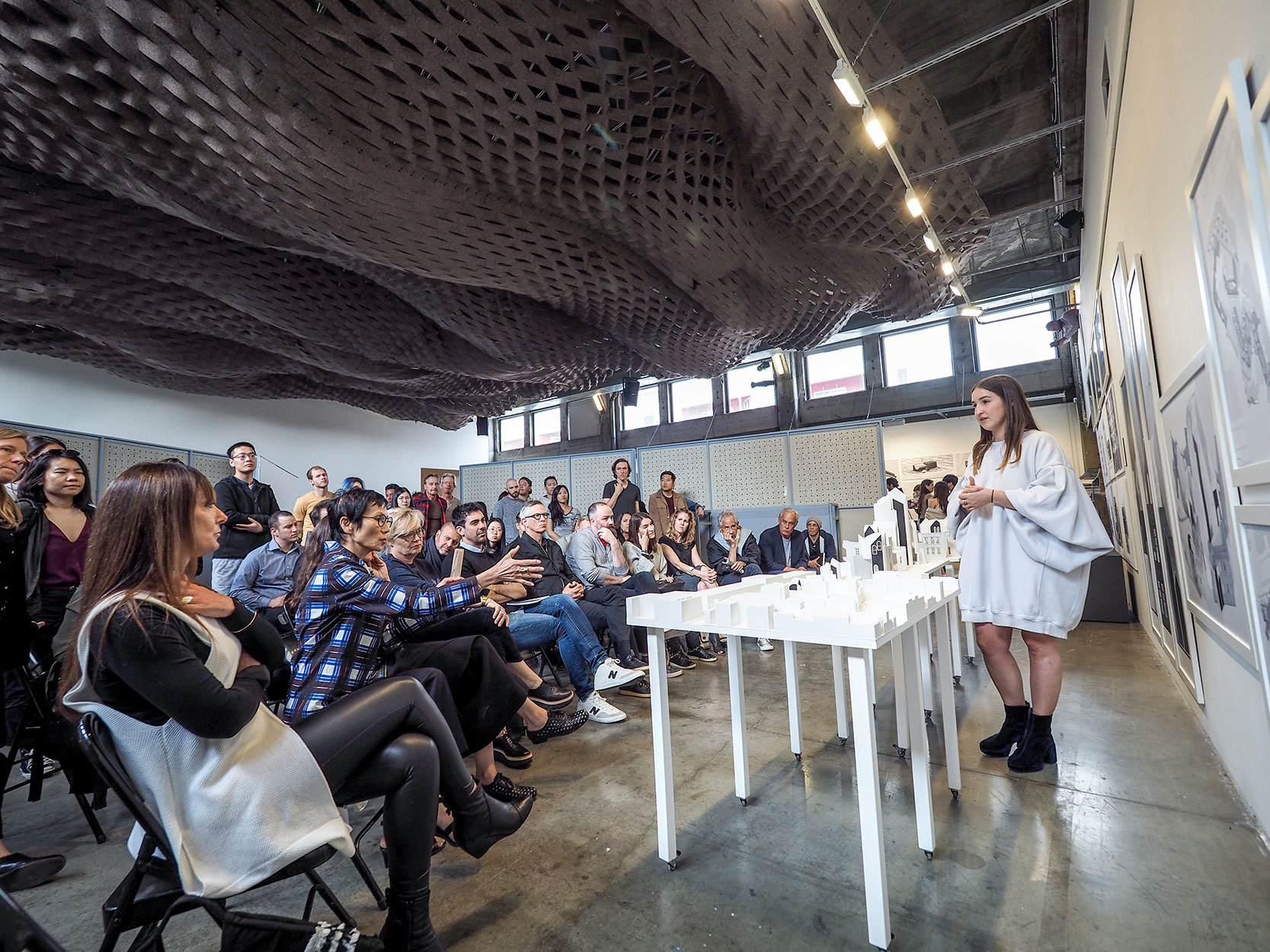
Some noteworthy thesis projects include Ann Gutierrez with her proposal Building of Character, advised by Kristy Balliet, contemplates the relationship between architecture and theatricality, and in particular the role that Characters play in the development of a narrative. Through deploying this frame of thinking for the production of a building, the logic of Character is understood as many historical challenges that this particular site has gone through. Ultimately with this proposal, the building, which has a rich history and multi-faceted usage, will become a Design Center and Art’s gallery with many separate identities within its enclosure of currently partial walls. The building is read through its elevations as a series of buildings with many profiles, while its plan and interior define one continuous space, redefining the way that architecture expresses identity, allowing for multiple readings, and through those interpretations produces a unique narrative.
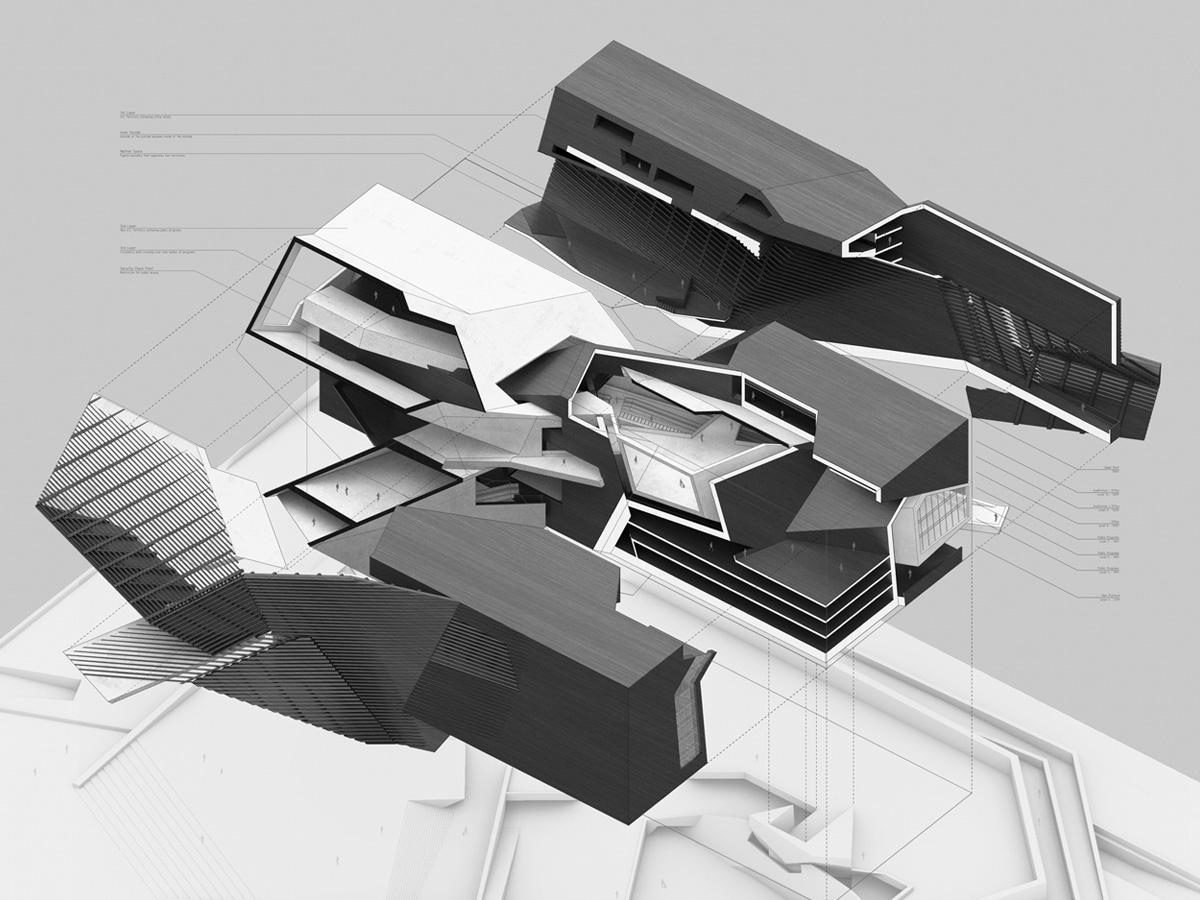
On the other hand, Marianna Girgenti and Saul Kim’s thesis project, Cross-Contamination, explores the contamination of “layers” in architecture and how this affects the boundary between two territories. Their project, supervised by Undergraduate Thesis Coordinator Jenny Wu, challenges the typology of the U.S. Embassy in Mexico City by bringing the territory of the host country inside the building. This forces the two territories to coexist within the same building, negotiating the spaces that belong to each country. The boundary of each territory is defined by layers that interact with one another to create spaces that belong to both and neither, the ambiguity of which is experienced by standing on the ground of one country while being bound by the walls of another.
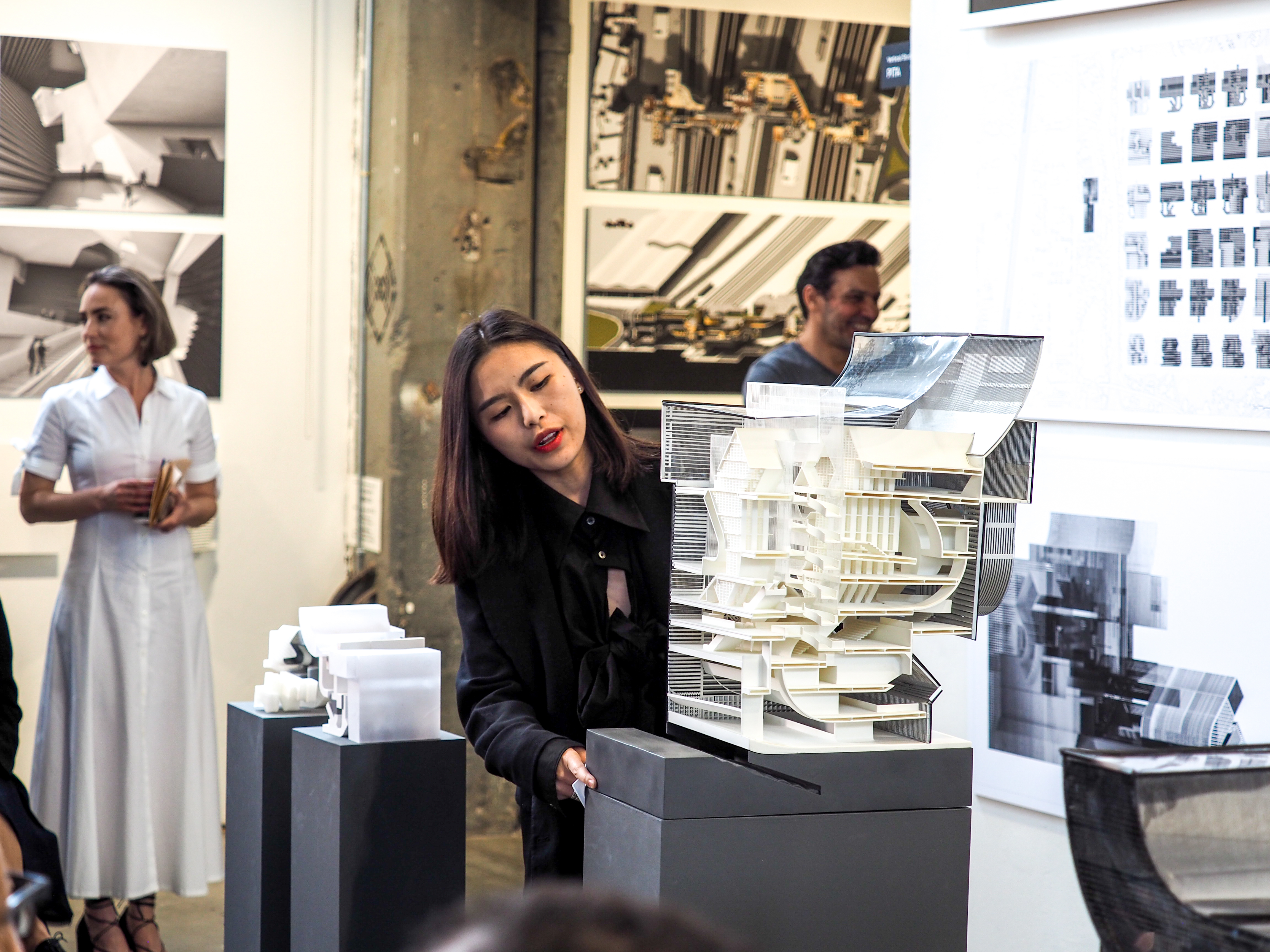
Sammi Liang’s Illegible Whole presents the possibility of an architecture strategy for the Obama Presidential Center that reflects a legacy of its namesake, which integrates the knowledge and the transparency for a library, while vitalizing the public space. The project, advised by Marcelo Spina, exploits multiple interlocked, interpenetrated opaque and translucent volumes and surfaces cohering together into one whole, and investigates a spatial continuity between rooms, the sensation of the room’s spatial closure maintained while still sensing other spaces.
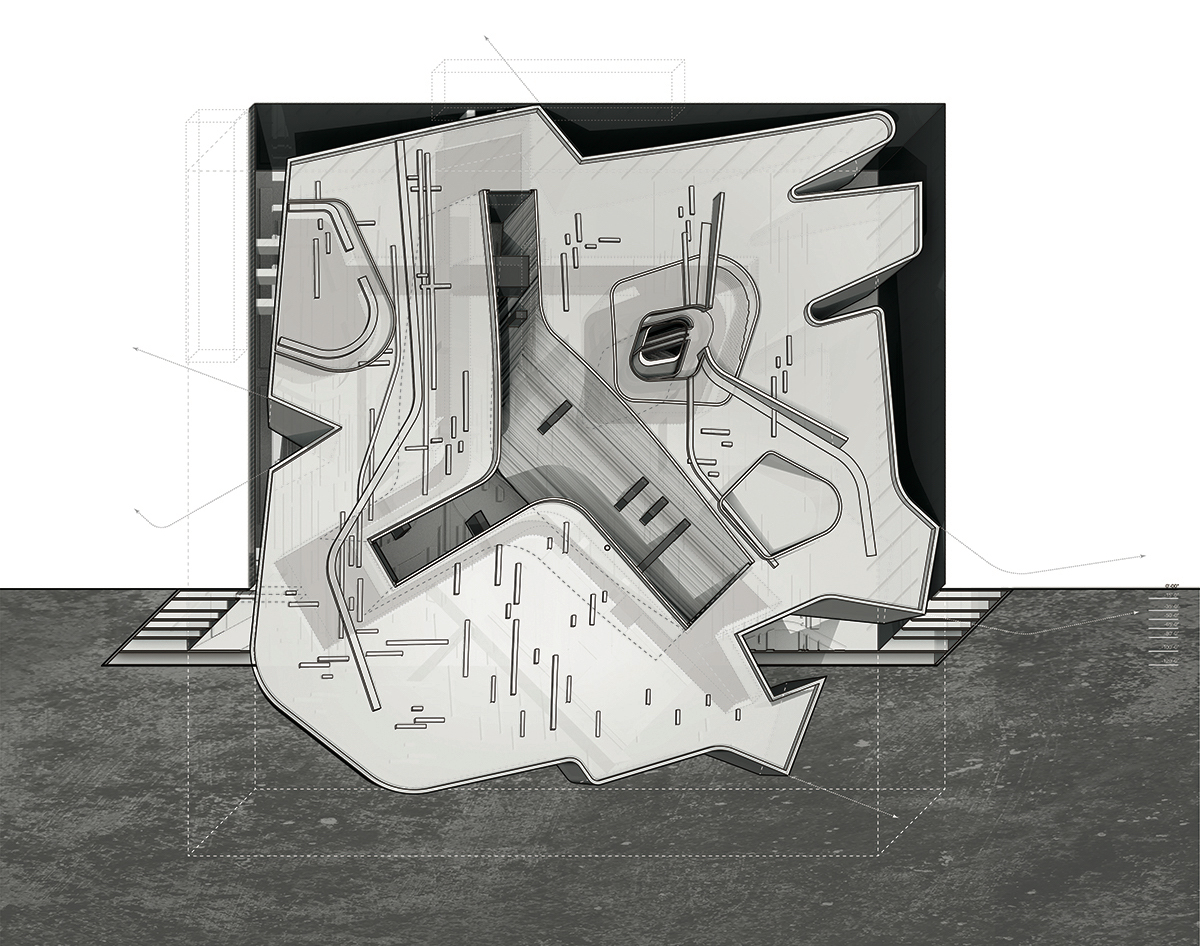
American Ground, proposed by Tony Avila and advised by Peter Testa, investigates the upheaval of a conventional building to ground relationships, an idea connected to the notion that the only means by which architecture can be political is through its relationship to the ground. In this project, the relationship becomes ambiguous as multiple readings of continuity and separation emerge. Avila chose the U.S. Embassy project in Mexico City as an opportunity to explore this idea. The implementation of a ground-object framed by site and building offers the opportunity for the collective to manifest within the interstitial spaces.